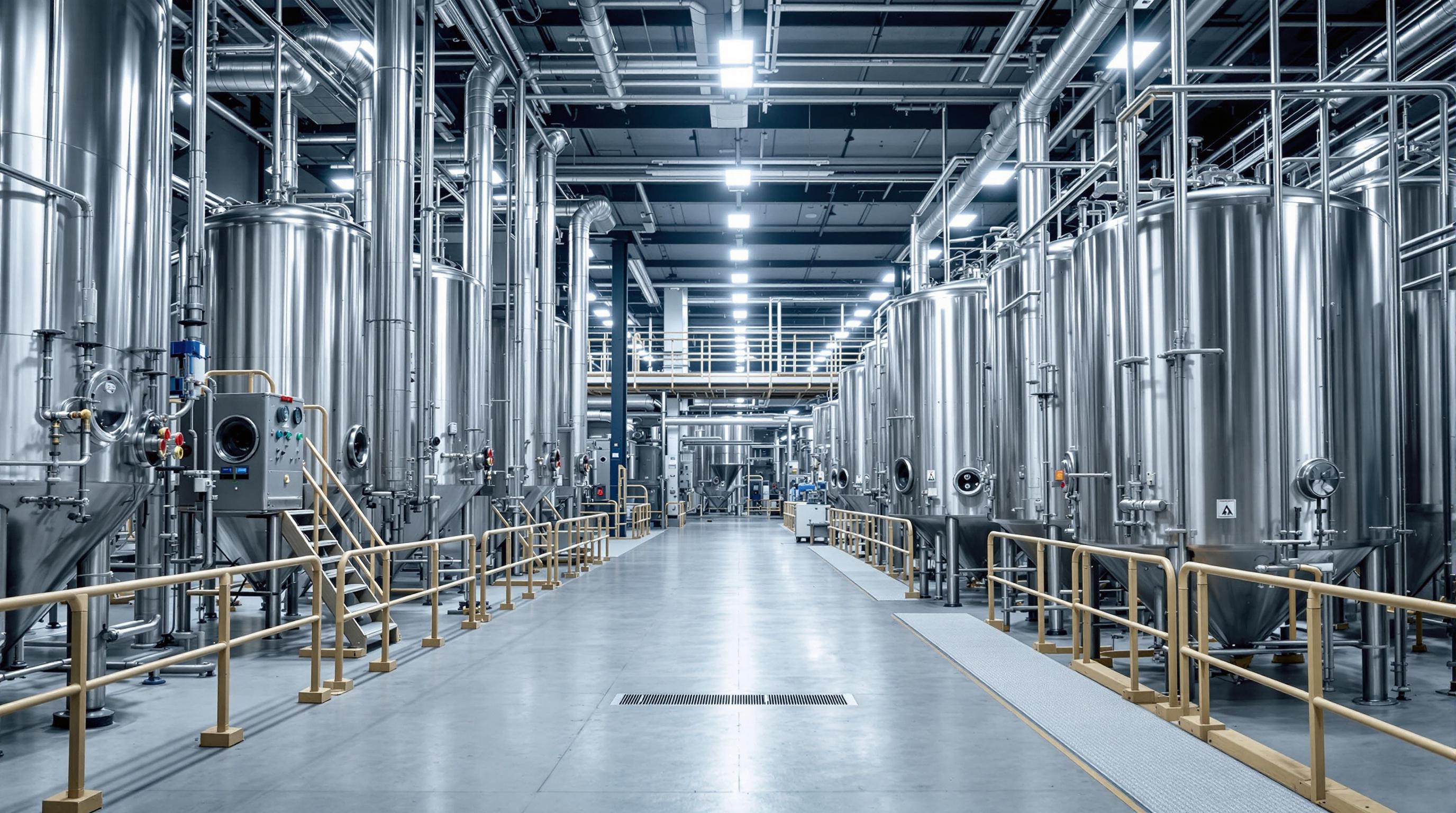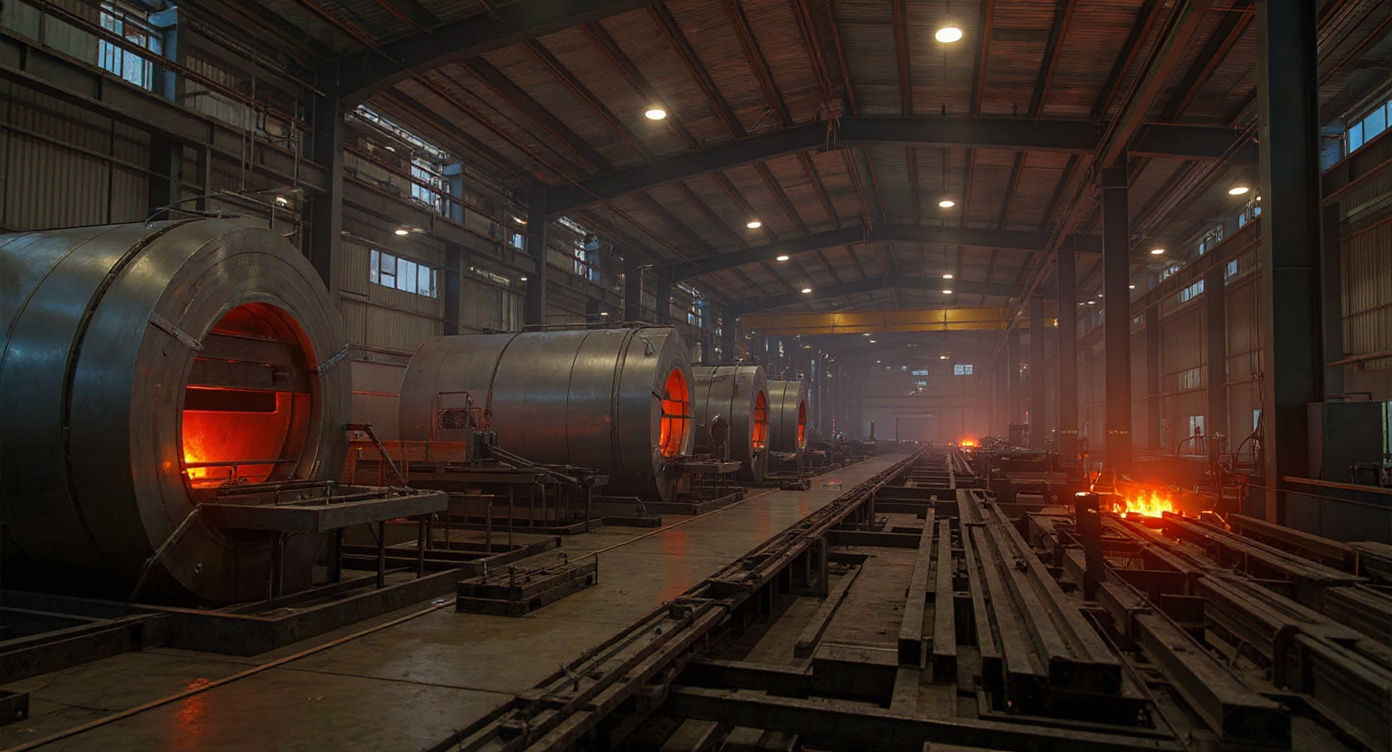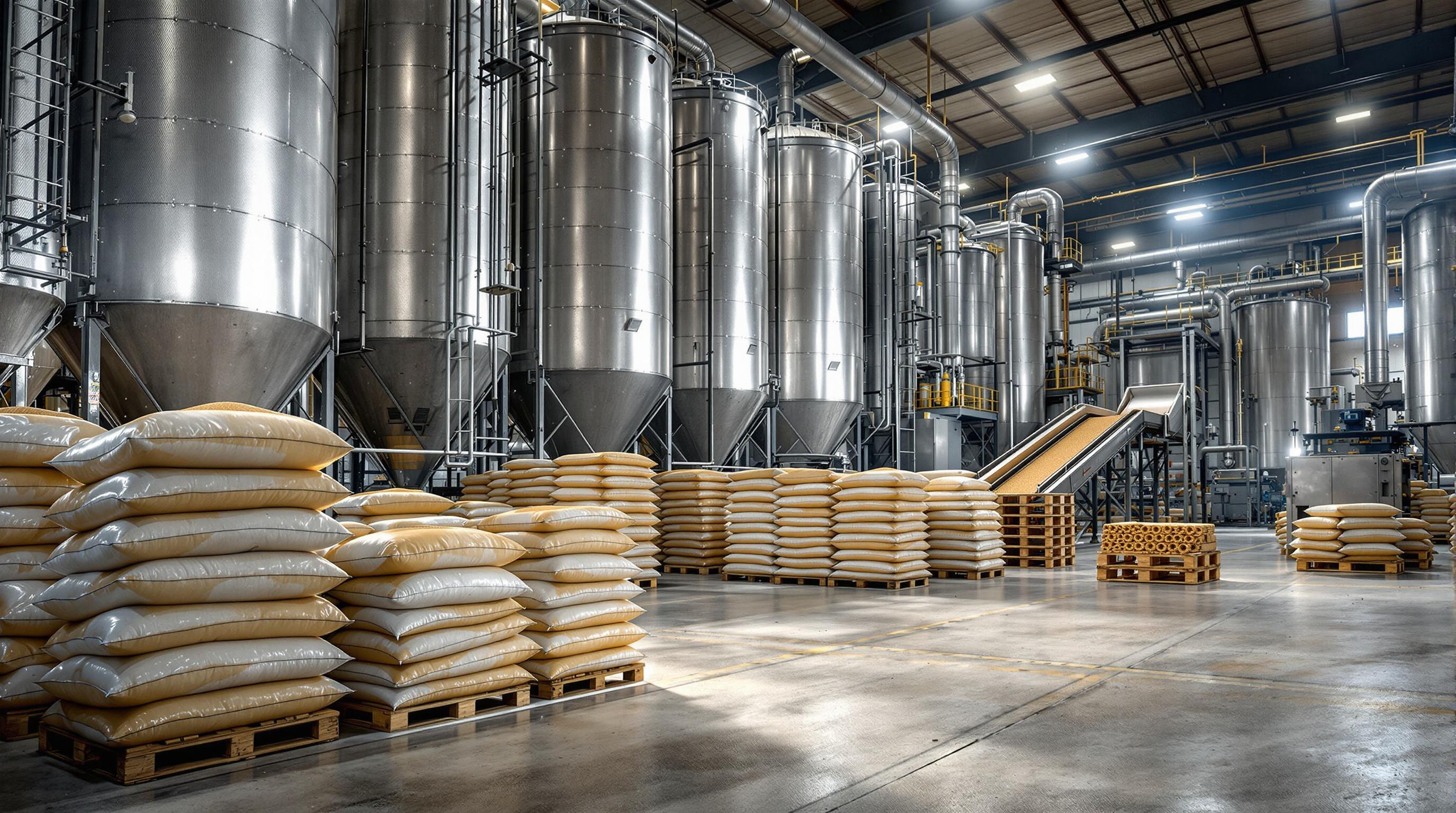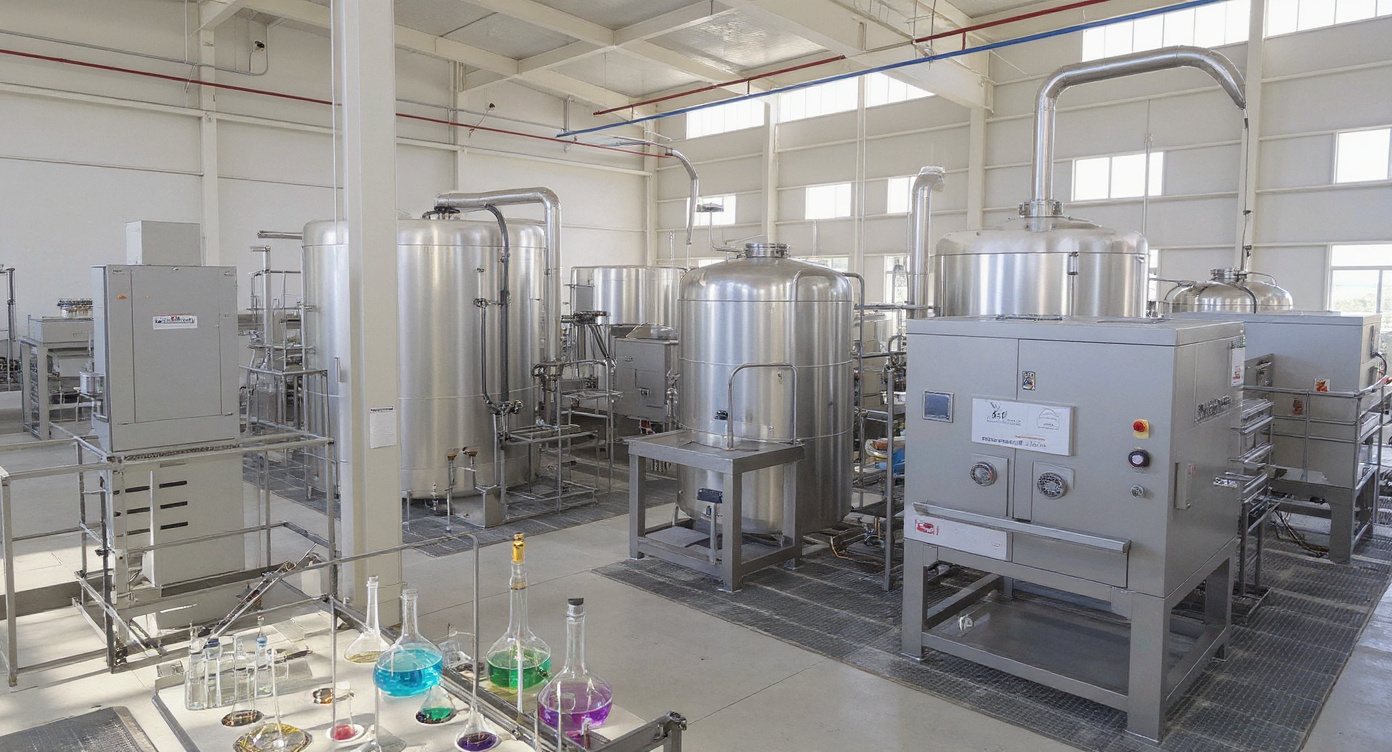Understanding Phosphoric Acid Pumps
Phosphoric acid (H₃PO₄) is highly corrosive, particularly at high concentrations and elevated temperatures. Conventional pump metals and sealing systems deteriorate quickly in such conditions, leading to premature failures and unsafe operation.
Chemitek's phosphoric acid pump range is engineered with acid-resistant alloys, non-metallic fluoropolymer builds, and ANSI/ASME B73.1-compliant dimensions. Every pump undergoes design validation to confirm resistance against acid attack, oxidation, and thermal cycling.
High-Performance Design
These pumps are designed to handle concentrated phosphoric acid streams at flow capacities of up to ~1,200 m³/hr and at elevated temperatures. With materials and seals specifically qualified for phosphoric acid duty, they ensure safe, stable, and reliable transfer in demanding process environments.
Material & Seal Strategies for Phosphoric Acid Pump Builds
Acid-Resistant Metallurgy and Fluoropolymer Options
Phosphoric acid pumps must resist pitting, cracking, and erosion. Chemitek offers metallic phosphoric acid pump options using SS316L (CF3M) and Hastelloy-C, along with non-metallic builds using PVDF/PFA fluoropolymers. These materials are chosen based on acid concentration, temperature, and duty cycle.
SS316L (CF3M)
Usable for moderate concentrations where compatibility with weaker acids is sufficient. Provides cost-effective solution for less demanding applications.
Hastelloy-C & High-Grade Alloys
Used for heavier concentrations and higher temperatures. Superior corrosion resistance for the most demanding phosphoric acid applications.
PVDF/PFA Fluoropolymers
Employed for extremely corrosive or oxidizing conditions, or where metallic corrosion risk is unacceptable. Non-metallic construction for ultimate chemical resistance.
Sealing Systems Specific to Phosphoric Acid Pumps
Seals in phosphoric acid duty face attack by acid vapors, temperature cycles, and acidic condensation. Chemitek's phosphoric acid pumps are designed with seal systems that:
- Chemical-resistant gaskets and elastomers: Rated specifically for phosphoric acid environments
- Double mechanical seals or pressurized seal options: Where splash, vapor, or pressure reversal is possible
- Inspection access: Seals can be maintained before failure, minimizing unscheduled downtime
Operational Challenges & Chemitek's Performance Guarantees
Handling Impurities, Temperature, and Pressure in Phosphoric Acid Pump Duty
Industrial phosphoric acid often carries dissolved salts, free water, or particulates from fertilizer rock or by-products. These can accelerate erosion, clogging, and seal abrasion. High temperature increases corrosive power, and higher pressure elevates stress on mechanical joints.
🔧
Heavy Alloy/Fluoropolymer Materials
Withstand aggressive chemical environments and temperature extremes
🏗️
Reinforced Casing
Handles high pressure loads and mechanical stress
🌊
Smooth Hydraulic Passages
Prevent clogging and reduce erosion from particulates
⚙️
Robust Bearing Housings
Maintain stability under demanding operating conditions
Each pump build is tested for acid concentration, temperature limits up to ~300-350°C in some models, and flow stability under pressure load.
Minimizing Downtime in Fertilizer and Metal Treatment Plants
In fertilizer plants, rust removal, metal surface conditioning, and ETPs, phosphoric acid pumps often operate nearly continuously. Any unplanned shutdown due to corrosion damage or seal failure means costly production loss.
Maintenance-Friendly Design
Chemitek's approach includes replaceable wear rings, standardized spare seals, and maintenance-friendly design so that scheduled inspections or repairs cause minimal disruption. Data from Chemitek's metallic and non-metallic phosphoric acid pumps suggests significant extension of service cycles compared to standard acid pumps without these features.
Compliance, Safety & QA in Phosphoric Acid Pump Usage
Ensuring Material Traceability & Safety Ratings
For acid duty, QA demands traceable material certification, safety of handling, and compliance with environmental/safety codes. Chemitek's phosphoric acid pump line is produced under ISO 9001, 14001, and 45001 certifications, ensuring materials and manufacturing steps are auditable.
ANSI/ASME Standards and Acid Safe Design Norms
Dimensional standardization (ANSI/ASME B73.1) means that parts (mechanical seals, impellers, casings) are interchangeable, and spare sourcing globally is possible. These standard dimensions also help ensure that acid-safe components fit precisely, reducing leakage and improving safety margins.
Key Compliance Features:
- ISO 9001, 14001, and 45001 certifications: Traceable, safe, and environmentally responsible production
- ANSI/ASME B73.1 compliance: Global interchangeability and spare part availability
- Material traceability: Full documentation for safety and regulatory compliance
- Acid-safe design norms: Precise fit and enhanced safety margins
Reliable Assets for Critical Applications
A phosphoric acid pump must do more than move corrosive liquid; it must keep systems stable, protect safety margins, and meet strict compliance demands. Chemitek's designs deliver this by aligning acid-resistant construction, engineered sealing, and rigorous testing with real operating conditions.
For plant managers, that means predictable uptime and reduced total cost of ownership. For EHS teams, it means safer operations with lower leak risk. And for QA, it ensures confidence during audits and long-term regulatory compliance.
Chemitek's phosphoric acid pumps stand as reliable assets in industries where failure is not an option.
 ISO 9001:2015 certified
ISO 9001:2015 certified
 ISO 14001:2015 certified
ISO 14001:2015 certified
 ISO 45001:2018 certified
ISO 45001:2018 certified









